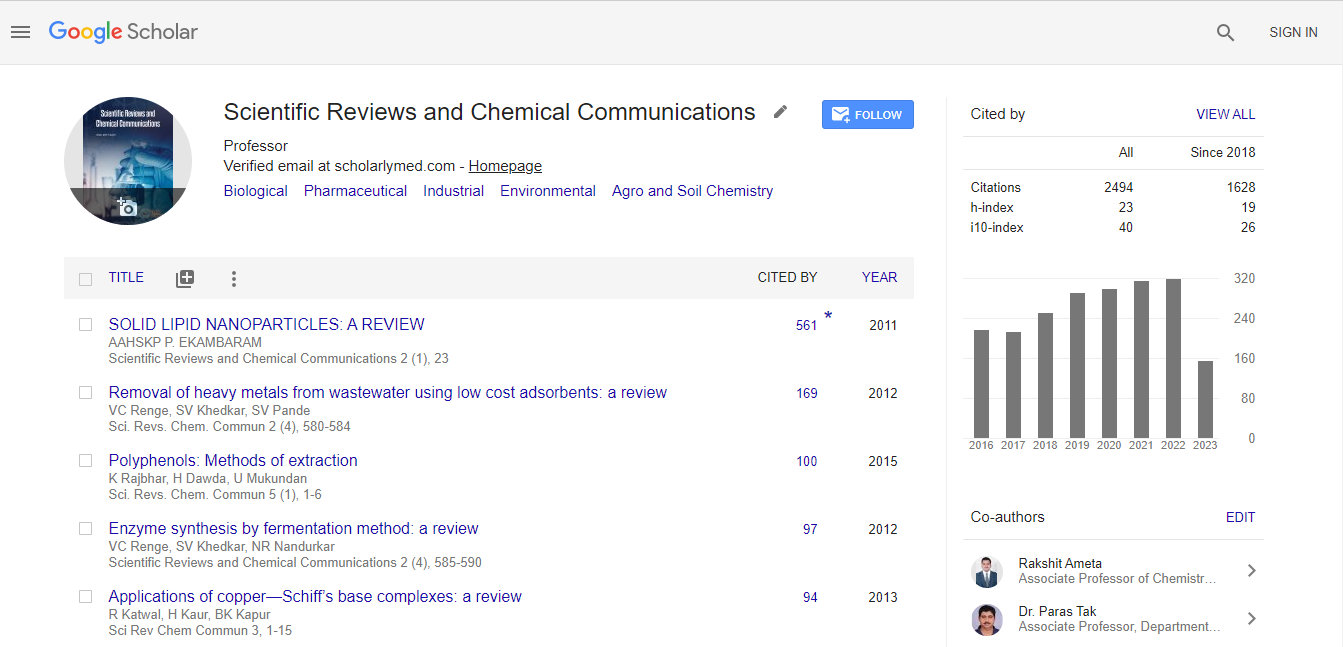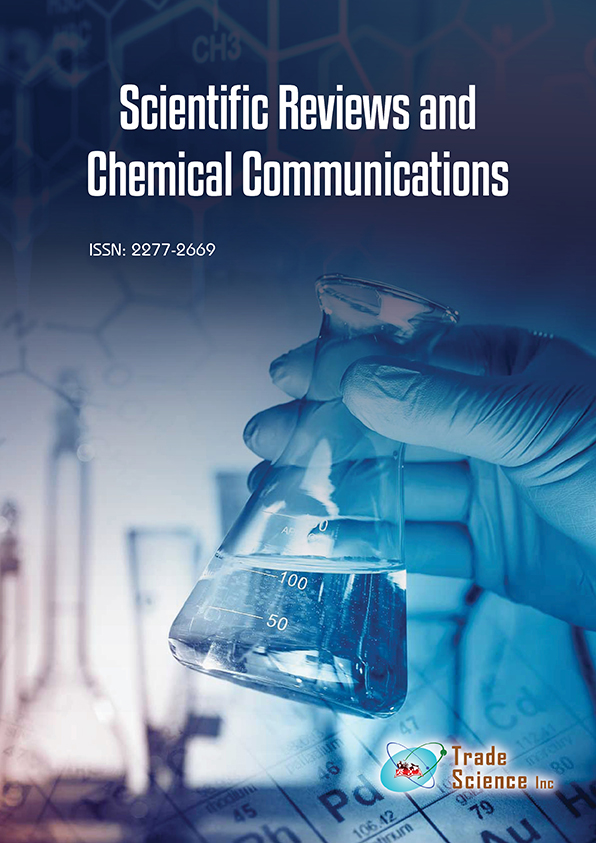Abstract
A Green Aproach for Coating and Chracterisation of Paper with Biodegradable Polymer (PVA): A Review
Author(s): R. J. Memon and M. I. TalibCoatings find their application in various fields depending upon the purpose for which they are required. Paper coated with whatsoever type and nature of polymer, finds its extensive applications depending upon the nature of utility. Coated papers, since several years, are used for lining of containers to protect the contents from damage during transportation and handling. Paper bags of coated papers are used to handle and protect the material from humidity. Currency notes are made from coated papers. Coating is of great importance in order to enhance the physical and mechanical properties of paper, to increase the durability of paper and to give extra strength to paper. Coating with conventional polymer like HDPE, LDPE, PVC, PP is quite suitable for the purpose but it is not biodegradable. Hence it is harmful to environment. Search of PVA made it possible to serve as eco-friendly polymer. Earlier, PVA coating by making aq. solution of PVA was done on papers for packaging purposes. Thickness increased to 158 μm, density increased to 0.46 g/cm3. Tensile and bursting strength improved remarkably. PVA coating was done for improving fastness properties of ink jet prints. Light fastness of paper improved from 2.32 for unprinted paper to 44.7 for printed paper. PVA coating was done on food granules for their protection from dust formation, moisture gain and breakage. Water content of uncoated paper was 5.17% whereas that of coated paper was 4.58%. PVA coating was done on SPIONs for functioning of medical device systems. MRI was sharp and contrast impression was observed for easy diagnosis of the disease. PVA coating was done on orthopedic implants in bone surgeries. Corrosion inhibition efficiency reached a value of 79.8%.

